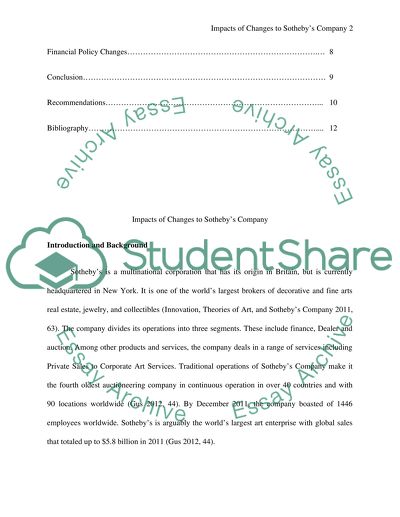Cite this document
(“An Investigation of the impact of change on Sotheby's Research Paper”, n.d.)
An Investigation of the impact of change on Sotheby's Research Paper. Retrieved from https://studentshare.org/design-technology/1491890-an-investigation-of-the-impact-of-change-on
An Investigation of the impact of change on Sotheby's Research Paper. Retrieved from https://studentshare.org/design-technology/1491890-an-investigation-of-the-impact-of-change-on
(An Investigation of the Impact of Change on Sotheby'S Research Paper)
An Investigation of the Impact of Change on Sotheby'S Research Paper. https://studentshare.org/design-technology/1491890-an-investigation-of-the-impact-of-change-on.
An Investigation of the Impact of Change on Sotheby'S Research Paper. https://studentshare.org/design-technology/1491890-an-investigation-of-the-impact-of-change-on.
“An Investigation of the Impact of Change on Sotheby'S Research Paper”, n.d. https://studentshare.org/design-technology/1491890-an-investigation-of-the-impact-of-change-on.


